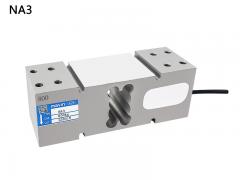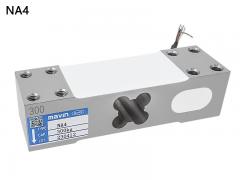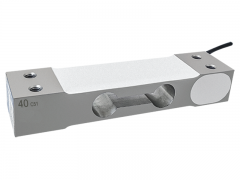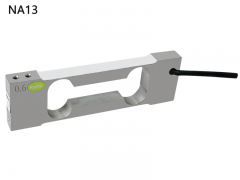In order to illustrate the IoT, let’s use the example of a truck. It may have on-board weighing sensors to monitor and transmit the load that it’s carrying. The truck may also have pressure transducers to optimize fuel consumption and emissions. And as it travels on the highway, load cells embedded in the road can validate whether it is meeting weight regulations and transmit traffic conditions. All of this sensor information, when accessible locally and remotely, can be used for better decision making and productivity.
From there we can collate data, record it, set triggers to action events, communicate actions globally to other systems. We can even use this data to communicate back to the sensors and their connected systems to affect the real world.
With the evolution of lower-cost electronics, smaller and more durable precise load cell sensors / transducers / actuators, and more communication infrastructure, the IoT market is expected to accelerate in the months and years ahead. International Data Corporation estimates that by 2020 there will be around 30 billion sensor-enabled, Internet-connected devices. This roughly translates to 4 IoT devices for every human being on the planet. Using the IoT, end-users will be able to connect, monitor, record, search, manage and control things.
This is why Mavin a load cell manufacturer pay attention on the Internet of Things. I think our customers will require solutions for this technology in the future. We are not an expert in the Internet of Things (IoT) but we can see some of the possibilities it opens in industrial applications, that are located remotely, where we can now feed data and measurement information from a whole host of sensors.


 français
français Deutsch
Deutsch русский
русский italiano
italiano español
español português
português العربية
العربية Türkçe
Türkçe



















